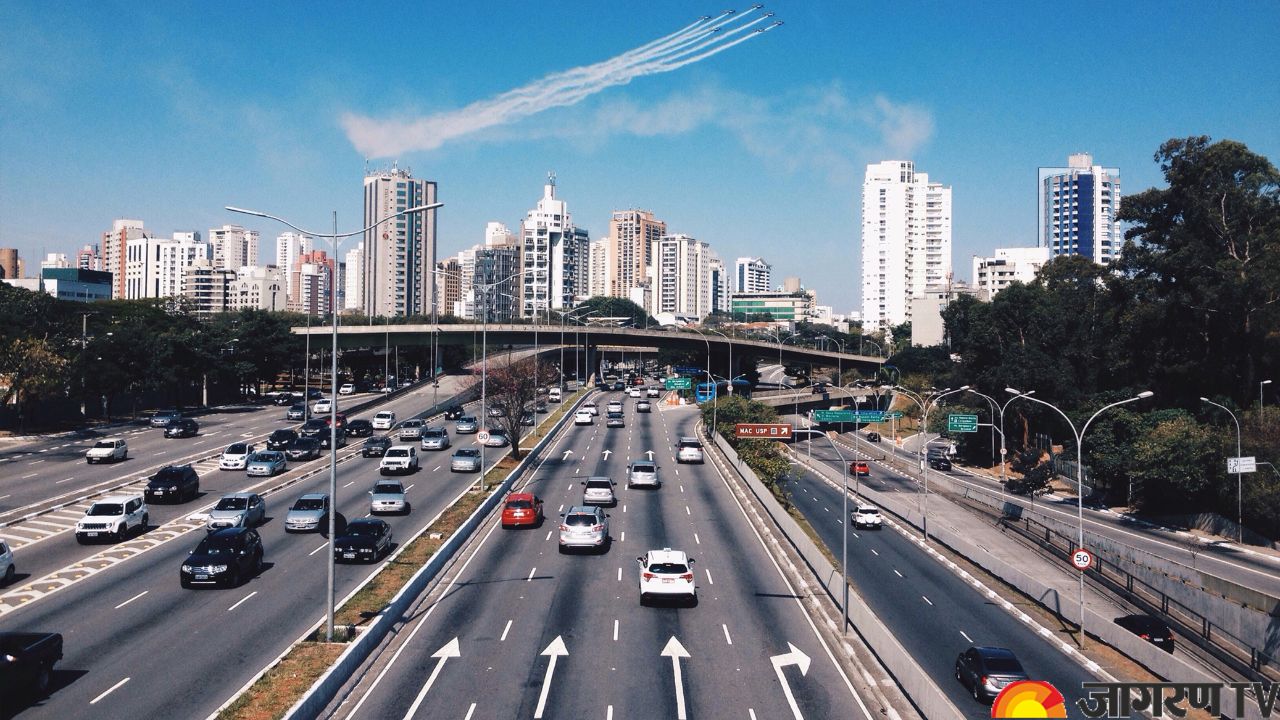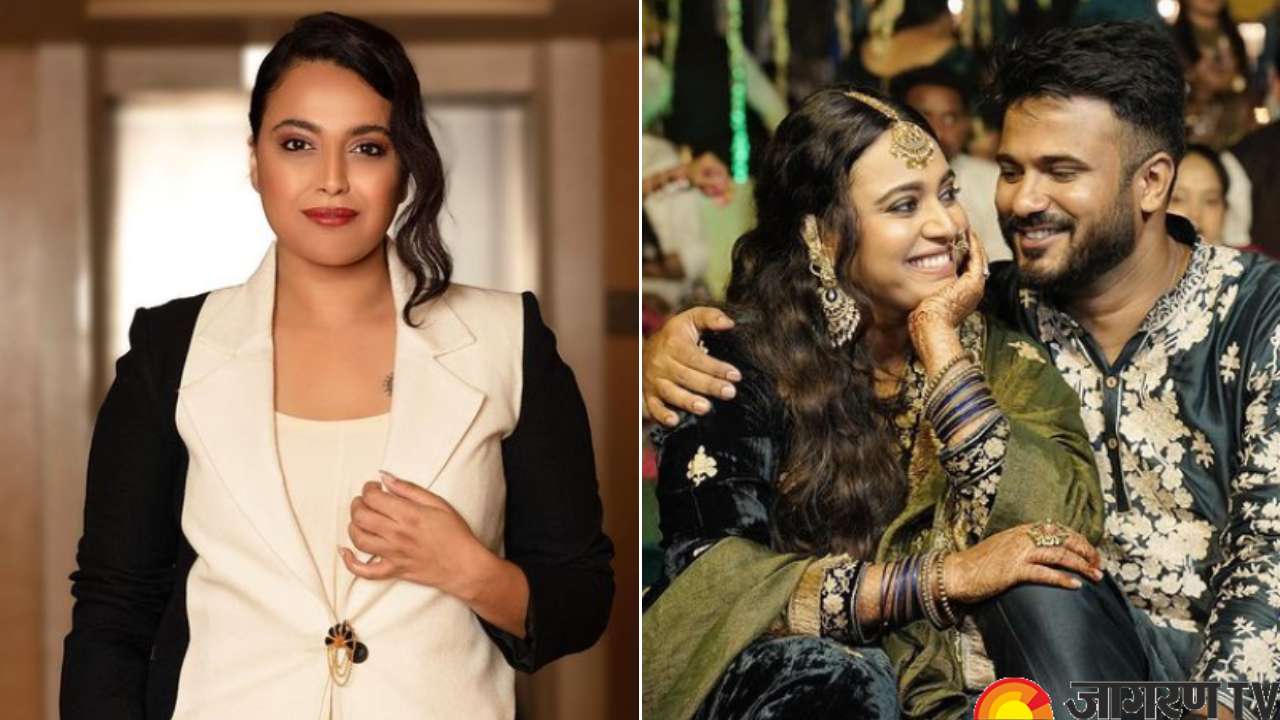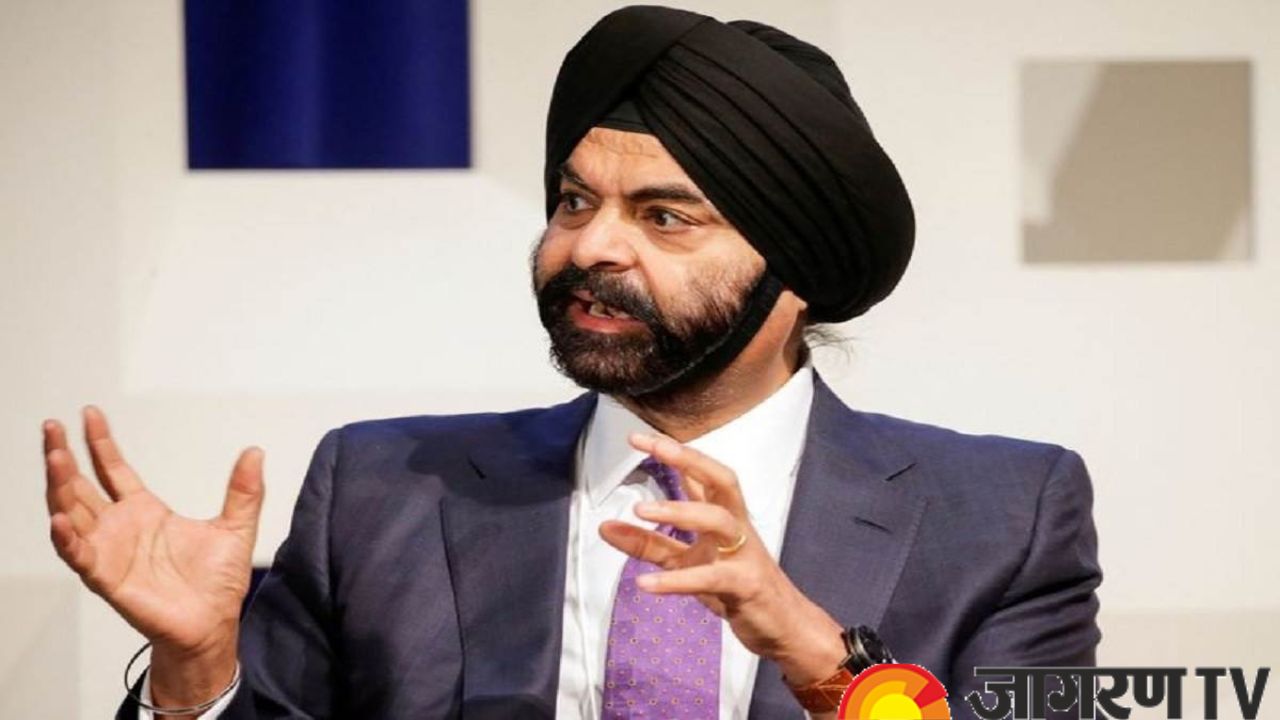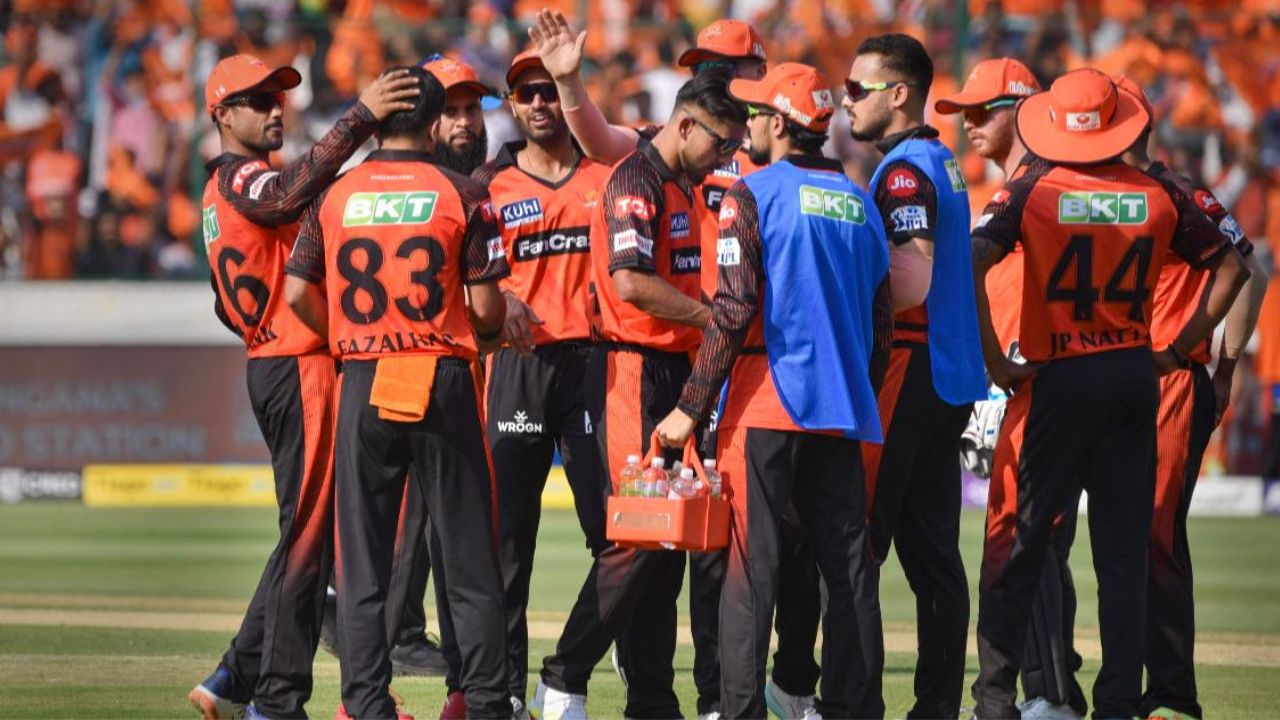5 Interesting Facts About the Trilateral Highway Connecting Kolkata, Myanmar, and Bangkok

According to a recent meeting of commerce ministers from several nations, the trilateral highway that connects Kolkata with Bangkok via Myanmar is anticipated to be finished and ready for use in four years. Few people are aware that the brilliant idea for this road link project came from the late Atal Bihari Vajpayee, the former prime minister.
At a ministerial gathering between India, Myanmar, and Thailand in April 2002, the concept was agreed upon. Increasing trade between India and the Association of Southeast Asian Nations (ASEAN) was the driving force behind this endeavor. Let’s take a look at some more interesting facts about the Trilateral Highway which will be one of the biggest achievements of India.
5 Interesting Facts About the Kolkata to Bangkok Highway via Myanmar
-
Before reaching India, this route will start from Bangkok and pass through important cities such as Sukhothai and Mae Sot in Thailand, Yangon, Mandalay, Kalewa, and Tamu in Myanmar. Before reaching Kolkata in India, the route will travel via Moreh, Kohima, Guwahati, Srirampur, and Siliguri.
-
According to sources, the trilateral highway will likely cover a total distance of more than 2,800 kilometres. The highway's longest section will be in India and its smallest in Thailand.
-
The Moreh-Tamu-Kalewa (150 km), Yagyi-Chaungma-Monywa (64 km), Monywa-Mandalay (136 km), and other portions of the route have already been finished. By 2020, the remaining parts, including Kalewa-Yagyi and Thaton-Mawlamyine-Kawkareik, should be finished.
-
This plan, with a projected cost of Rs. 1837.87 crore for the Indian-funded components, has the potential to significantly benefit India, Myanmar, and Thailand by promoting tourism, enabling trade, and fostering cultural linkages.
-
Regional integration and improved connectivity are anticipated benefits of the completion of the India-Myanmar-Thailand Trilateral Highway. India has proposed expanding the road along the East-West Corridor of the Ayeyawady-Chao Phraya-Mekong Economic Cooperation Strategy farther to Cambodia, Laos, and Vietnam.









